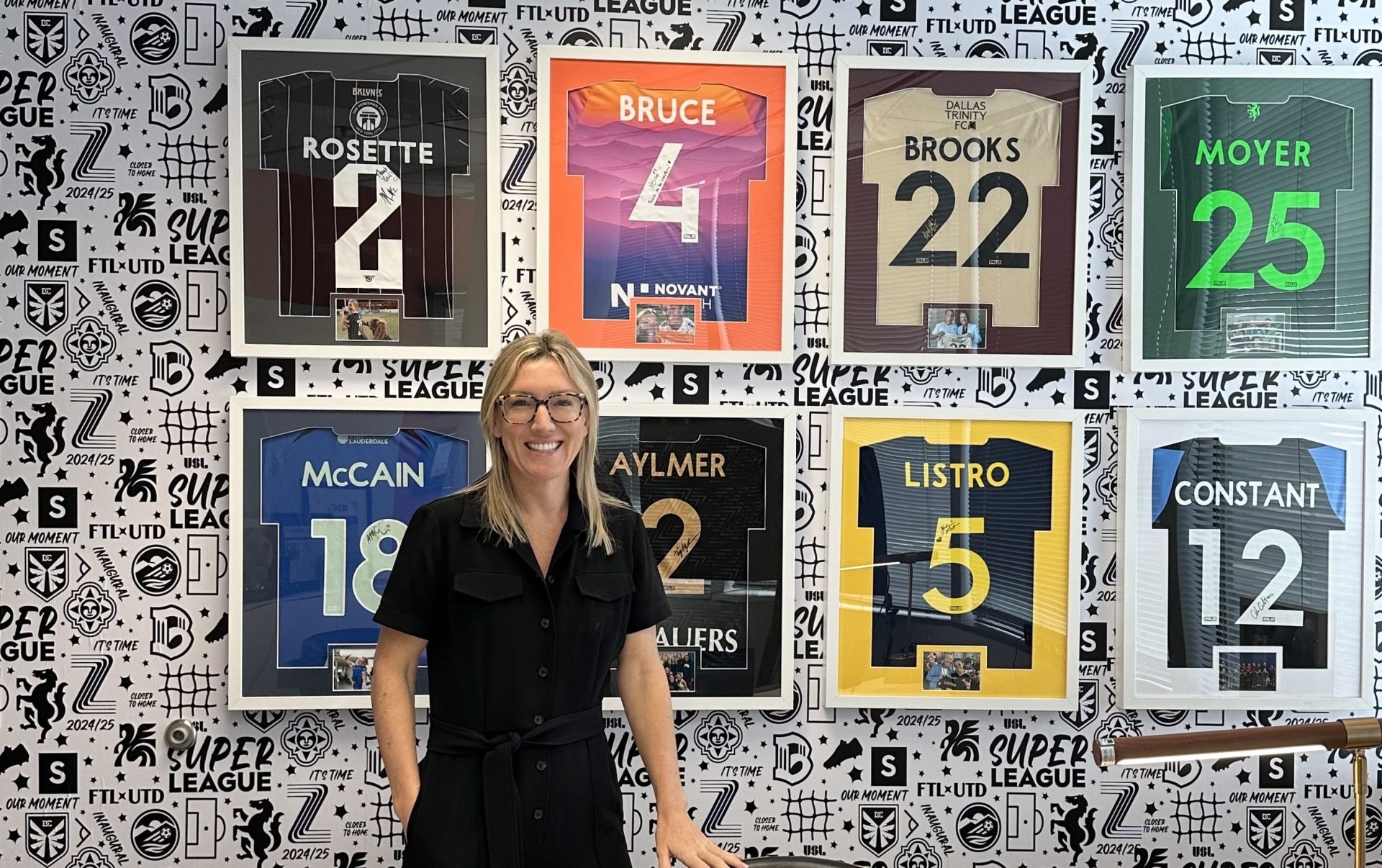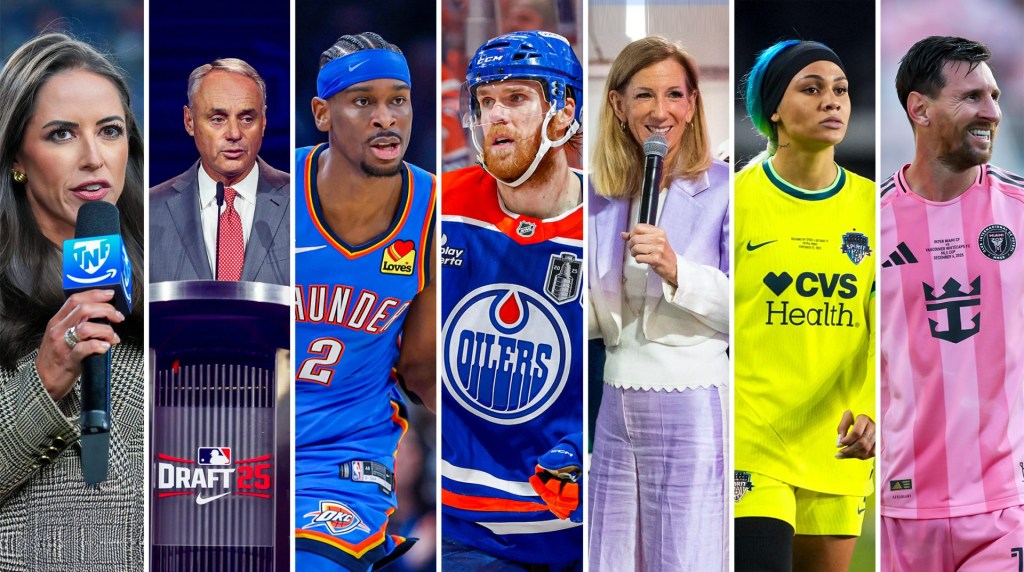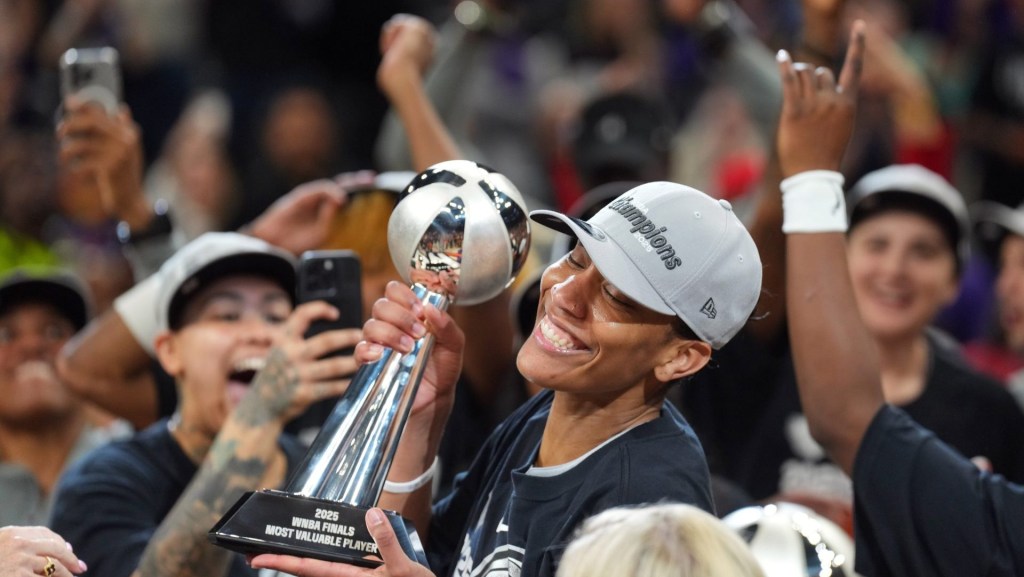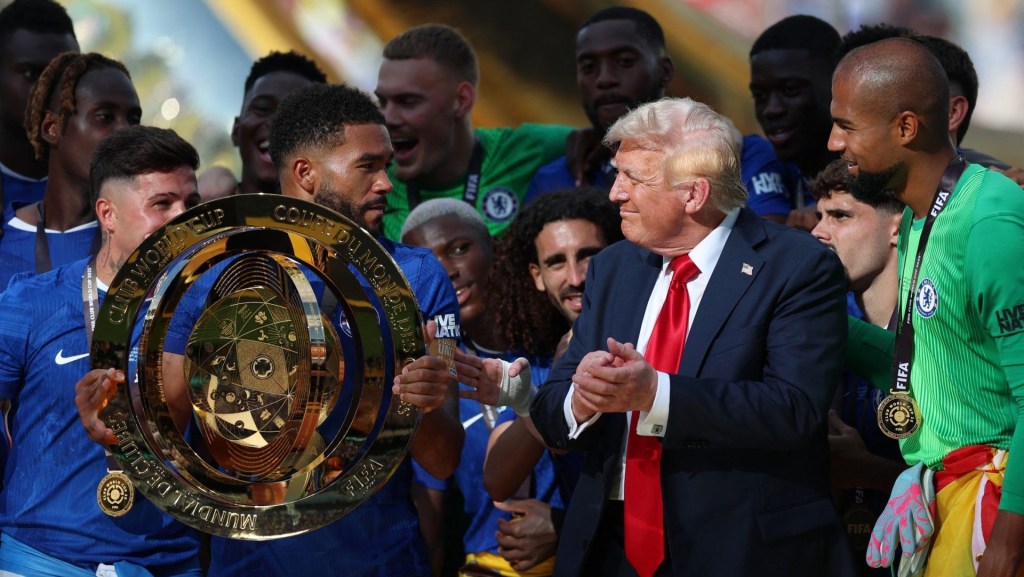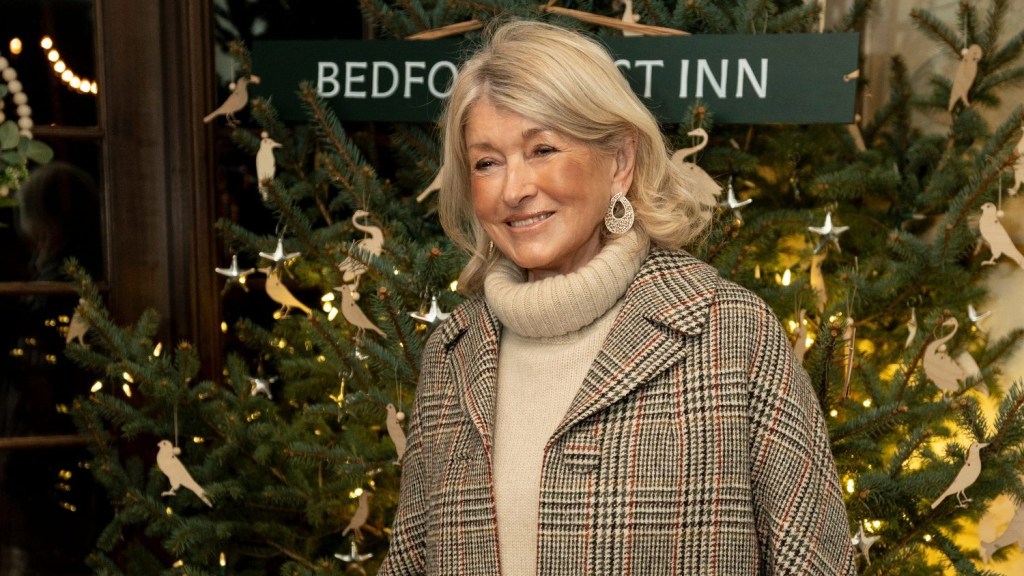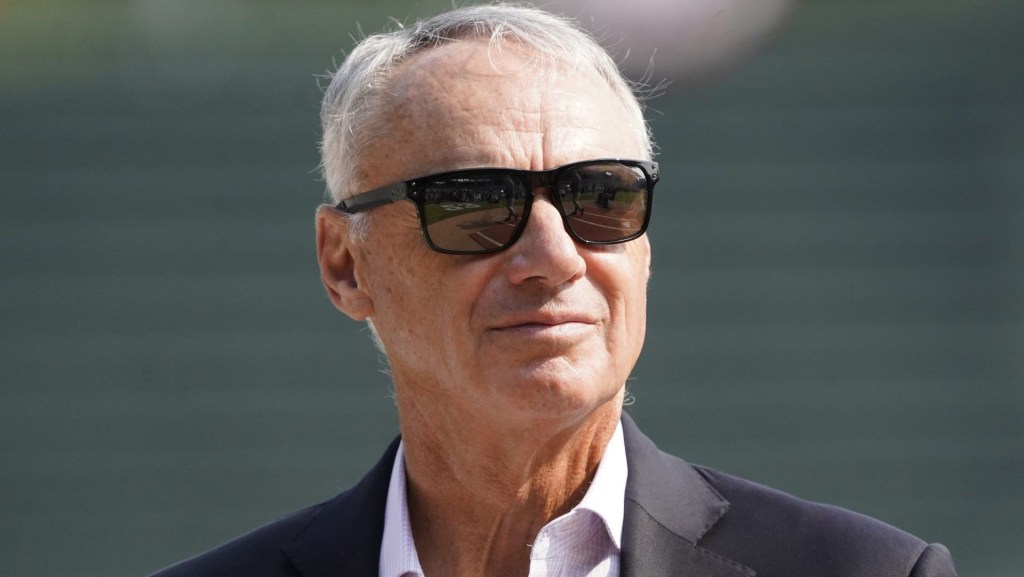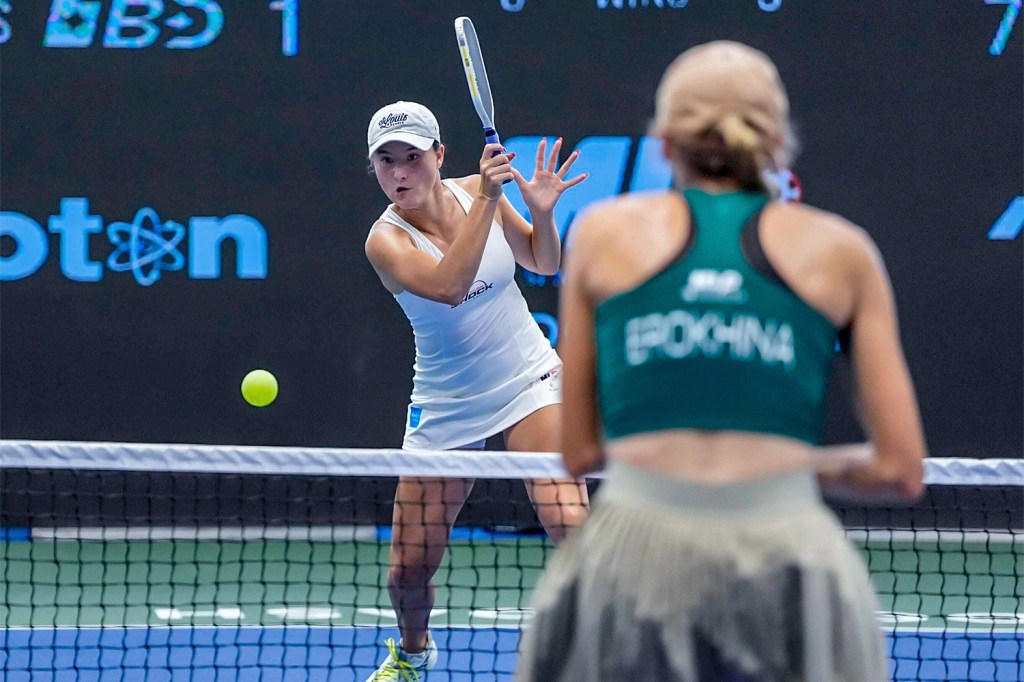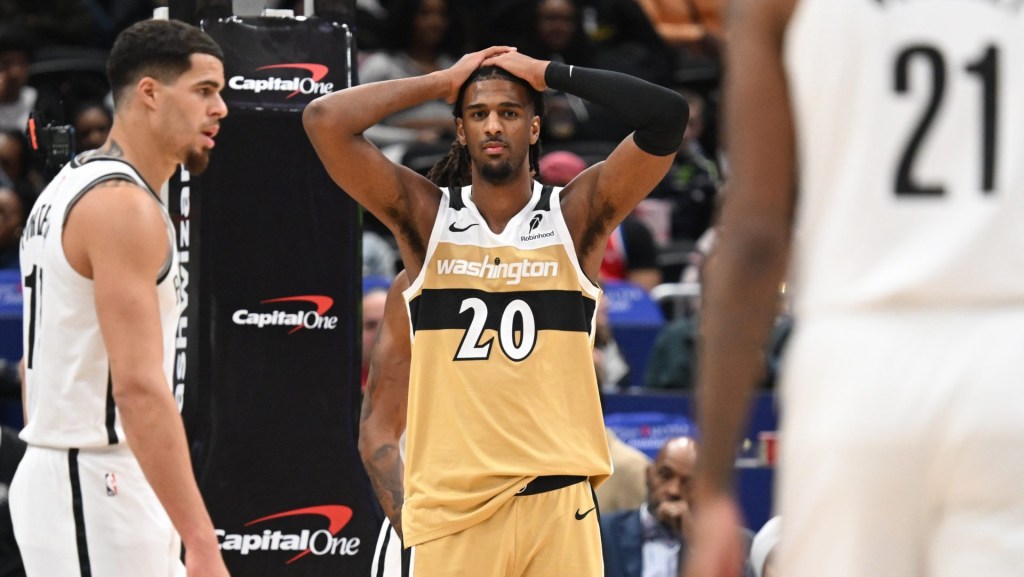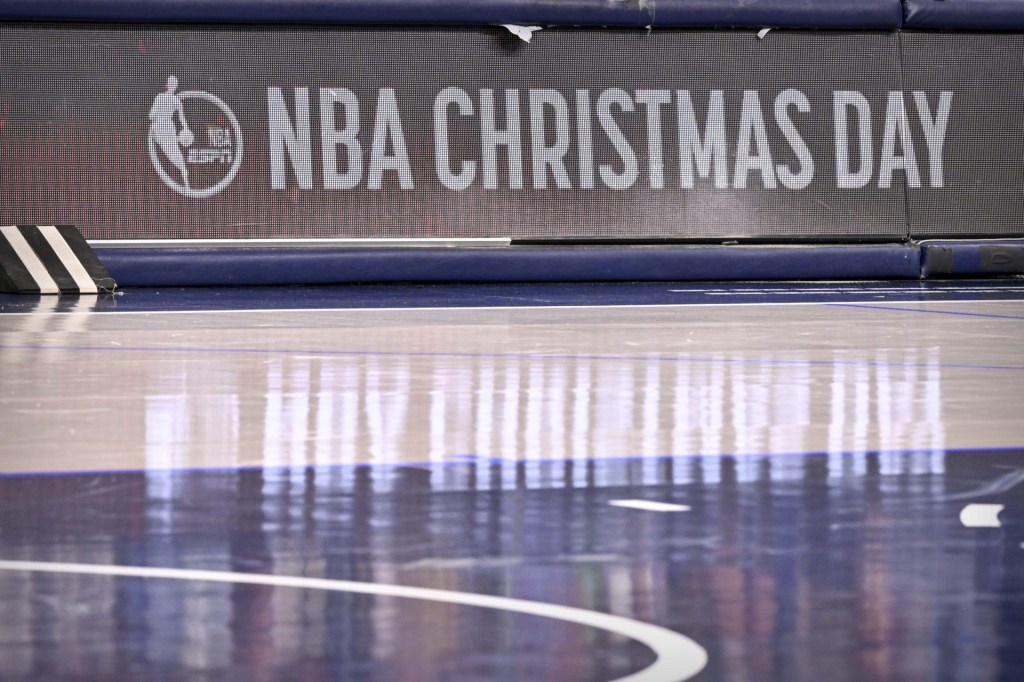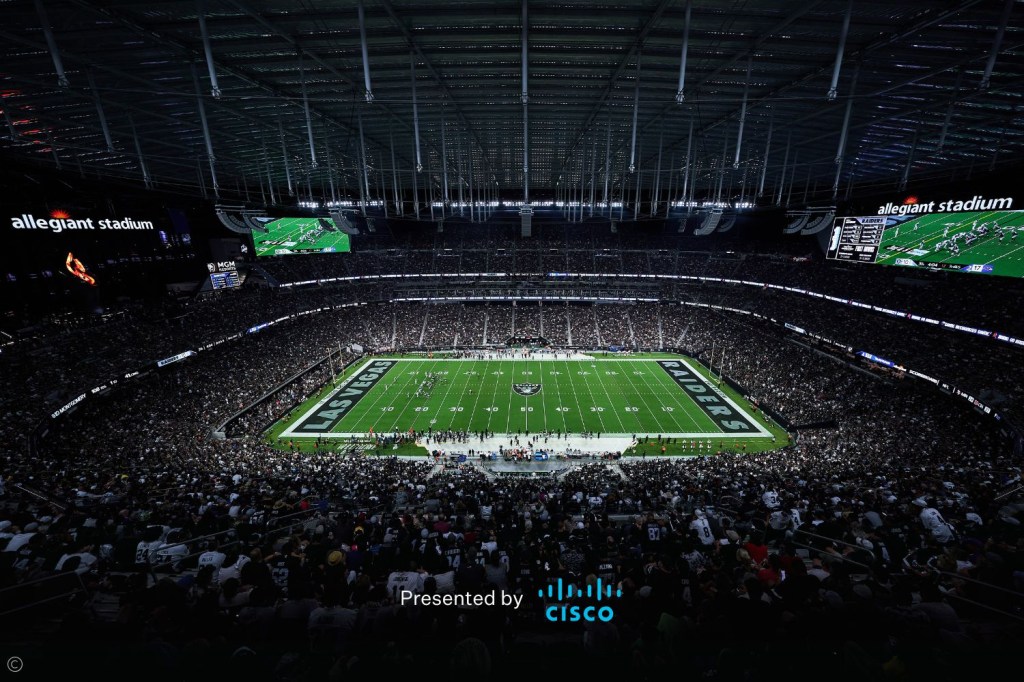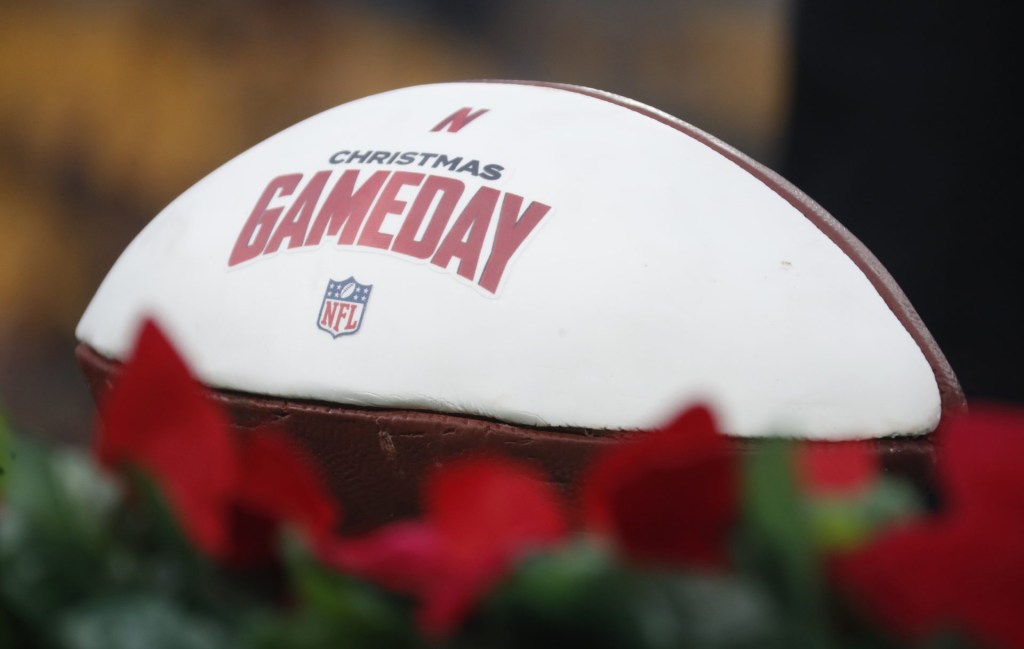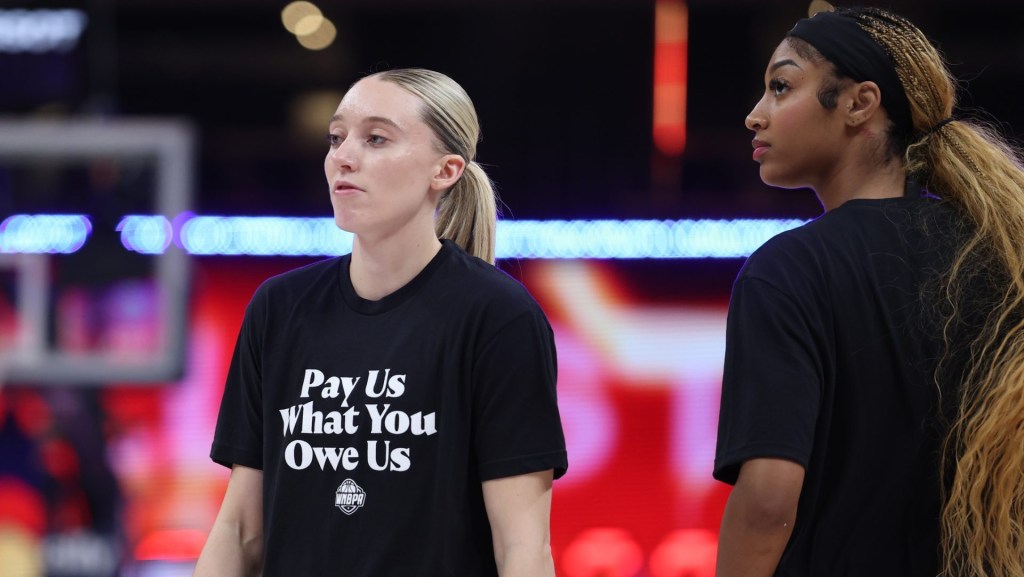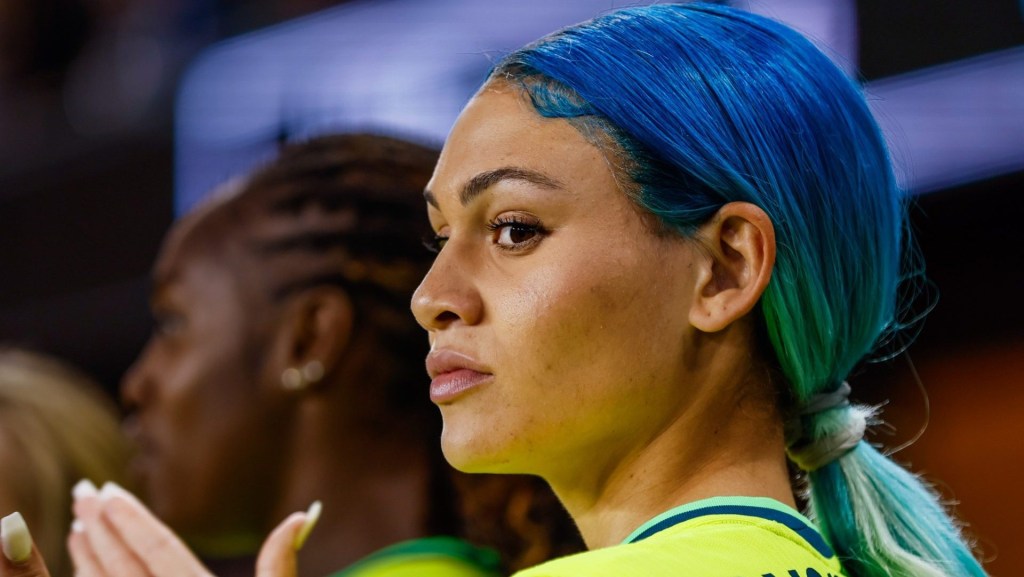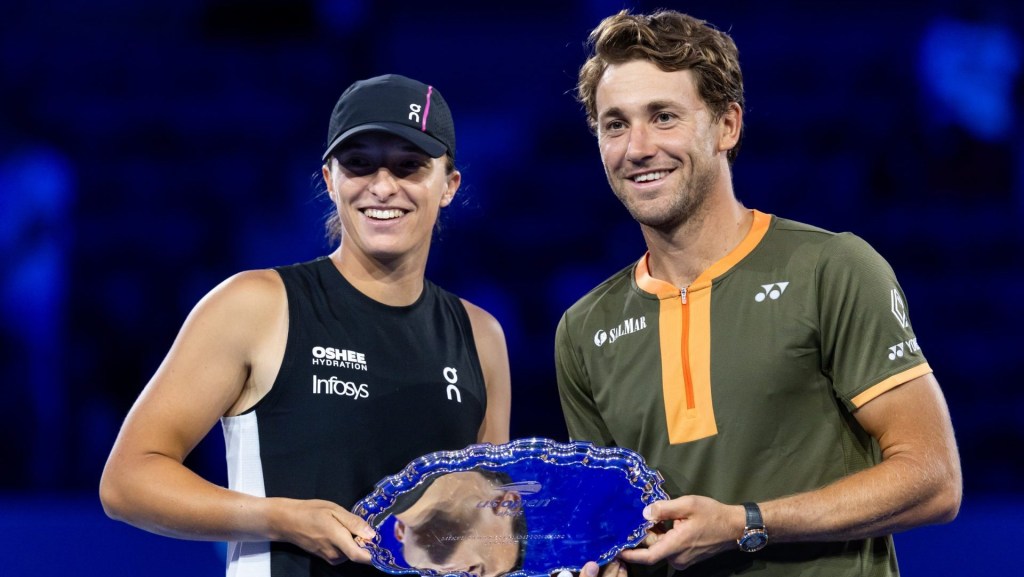When the USL Super League joined an increasingly crowded American soccer landscape, the question was obvious:
How will this league coexist with the NWSL?
Last February, the league was granted Division I sanctioning by U.S. Soccer, putting it on the same level as the NWSL, which began play in 2013.
However, as the USL finishes up its first season and prepares for its second with a new corporate name, the picture of the two leagues’ coexistence is coming further into focus.
There is still an ocean separating the two leagues from a competitive standpoint. The greatest purpose the USL serves is offering more access to the game, which is their path toward relevance.
“Before we launched the USL Super League there were 12 women’s professional teams in the NWSL,” league president Amanda Vandervort told Front Office Sports. “Which is amazing and a huge credit to the work that they’ve put in over the past decade to become what they are. But there were a lot of communities that didn’t have access to women’s pro soccer.”
Vandervort appeared on a panel at Deep Blue’s Business of Women’s Sports Summit on Tuesday morning with Dan Towriss, the CEO of financial services company Gainbridge, which just bought the naming rights to the upstart league.
Both parties declined to share the terms of the deal, but Towriss told FOS it’s a seven-figure sum.
“It’s significant from that standpoint,” Towriss said. “It’s a testament to where women’s sports have come, that it’s attractive for a brand to take over the naming rights.”
It was originally believed that the Super League might receive Division II sanctioning, which would have put them a tier below the NWSL. The requirements that earned the USL Division I sanctioning included:
- Launching with at least eight teams
- 75% of teams in a market with at least 750,000 people
- Stadiums able to accommodate at least 5,000 fans
The USL launched with a less restrictive setup that mirrored international soccer, including having no salary cap or a draft. The NWSL has since dropped its draft as part of its collective bargaining negotiations with players. That timing may have looked like a direct reaction to the USL, but in fact the NWSL and its players had been in negotiations for years, and international soccer has largely lacked drafts on the rest of the globe.
The original eight markets for the USL—which operates under a franchise model, meaning the owners run each team as a separate business entity—are Charlotte; Dallas; Lexington, Ky.; Washington, D.C.; Fort Lauderdale; Tampa; Spokane; and Brooklyn, N.Y. The league will expand to nine teams for the upcoming season.
One of the biggest markers of the NWSL’s view of the USL as a league they can coexist with are the player loans. Since the league’s first season the NWSL has loaned its players, which typically is accompanied by a loan fee that the USL is required to pay. The USL provides a strong option for NWSL players in need of more minutes to gain experience, not unlike the G League and the NBA. The biggest difference, however, is still in the quality of play. Multiple NWSL sources have questioned how valuable the minutes earned in the USL truly are and how long it will be before the league progresses into a top-tier league from a competitive standpoint.
Most recently the Washington Spirit announced the loan of Ugandan defender Shadia Nankya to Dallas Trinity FC, joining fellow Spirit players midfielder Deborah Abiodun and forward Tamara Bolt who were loaned last year.
“We welcome all opportunities for women to play professional soccer in the United States,” an NWSL spokesperson told FOS.
The USL’s regular season concludes May 31 with playoffs beginning the following weekend.
“We’ve been in markets,” Vandervort said. “We’ve demonstrated and proven the case for women’s professional soccer in all of these cities. Now it’s about the fans and players being able to perform.”
